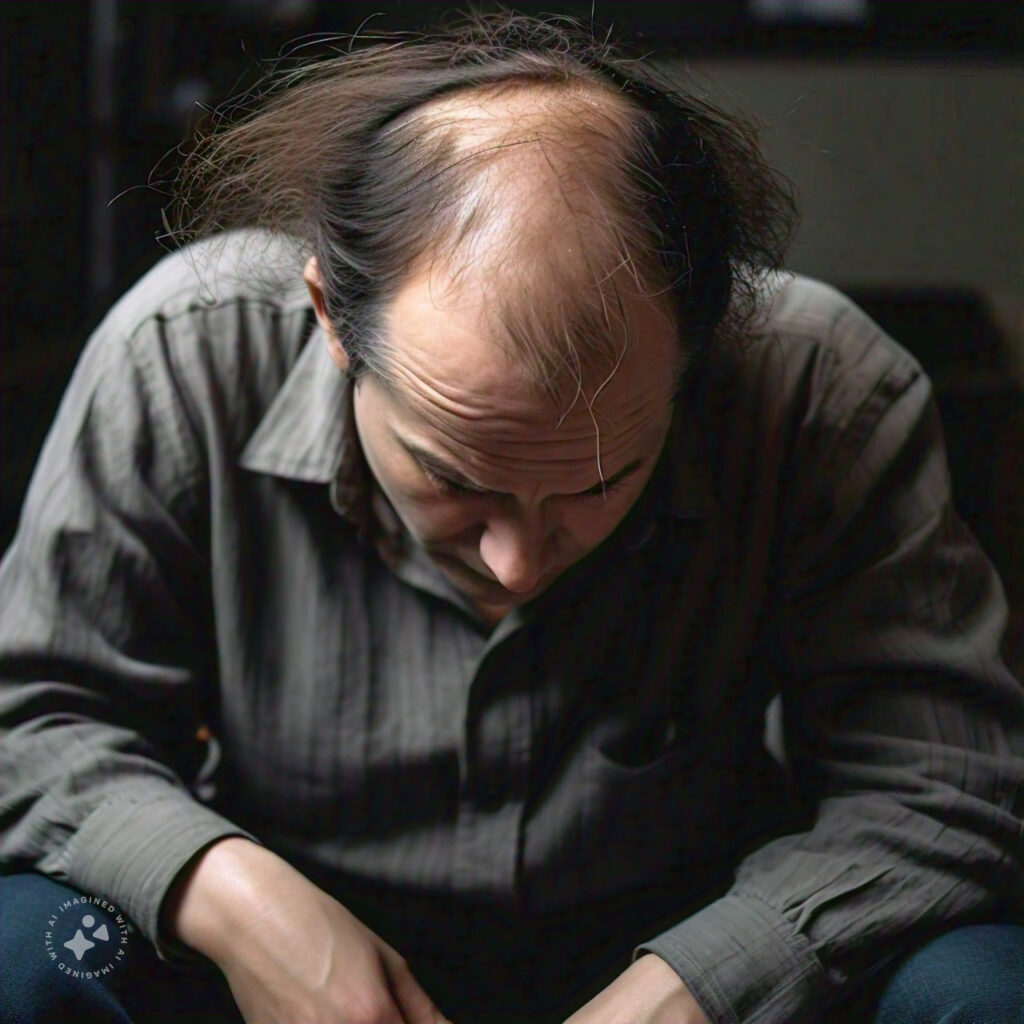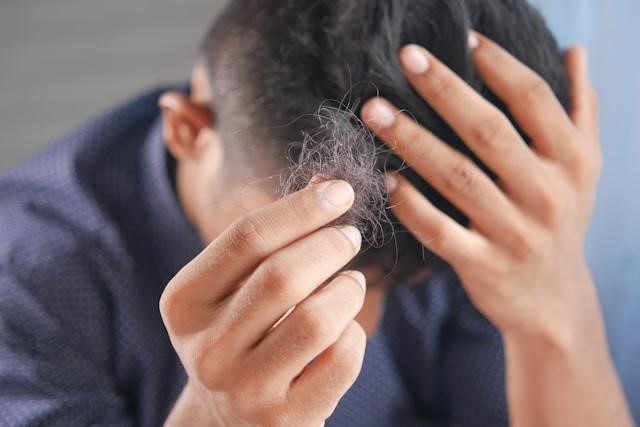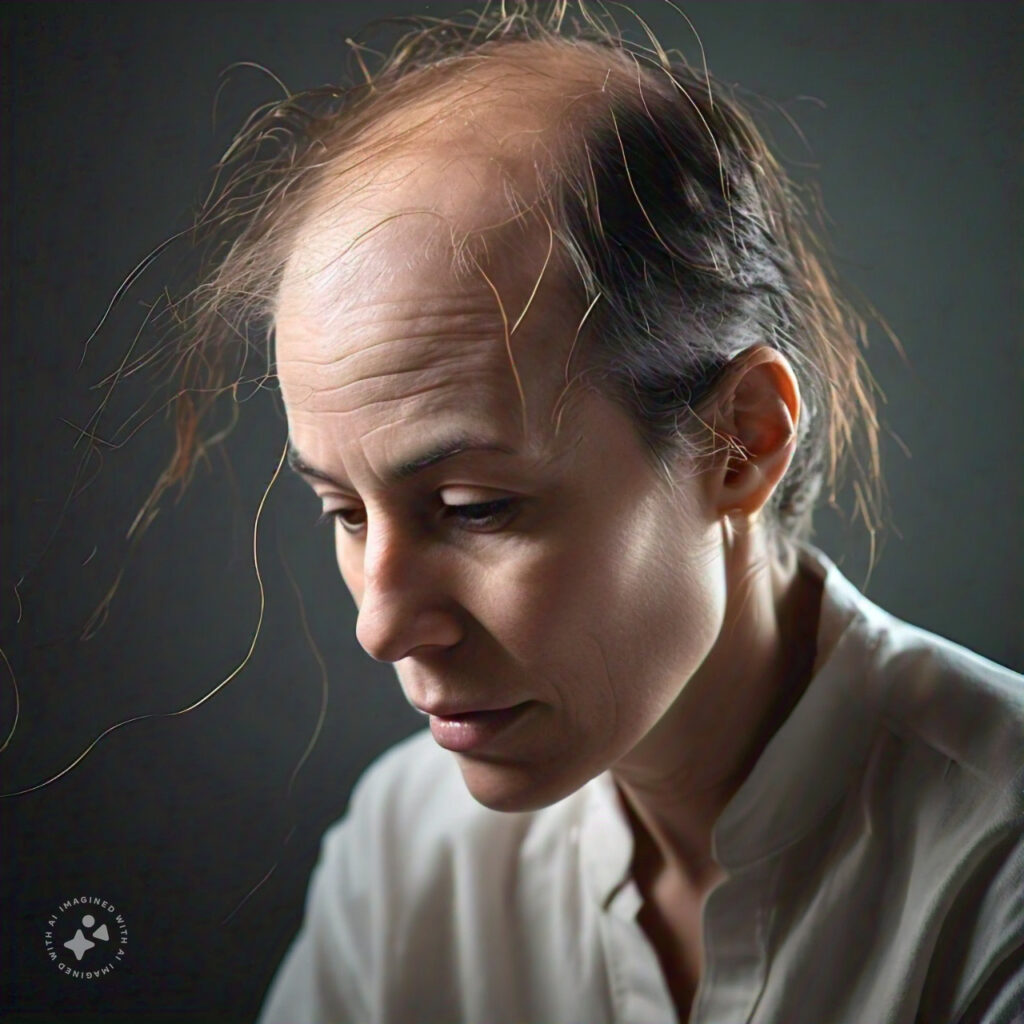Hair loss is a common concern that affects millions of people worldwide. This condition can significantly impact one’s self-esteem and confidence, whether due to thinning hair, receding hairlines, or complete baldness.
Despite its prevalence, many myths and misconceptions surround hair loss, leading to confusion and misinformation. Some of these narratives contain elements of facts but are not true. So, if you want to know how to combat balding hair effectively, it is advisable to differentiate between the facts and myths.
This blog post will debunk some of the most common myths about balding hair and provide effective strategies to combat it.

Image Credit: Pexels
Key Takeaway
Understanding the truths behind hair loss can help people make informed decisions about its prevention and treatment. Common myths, such as “bald men have more testosterone” or “cutting hair makes it grow back thicker,” often mislead people.
Effective strategies to combat hair loss include scalp micropigmentation (SMP), medication, and hair transplants. Individuals can adopt appropriate measures to manage and treat hair loss effectively by distinguishing between myths and facts.
Balding Hair: Myths and Facts
Distinguishing between facts and myths is essential. However, there might be subjects lying in the gray area. So, let’s discuss some of these narratives and learn facts or myths when discussing balding hair.
● Do Bald Men Have More Testosterone?
Hair loss is linked to dihydrotestosterone (DHT), a derivative of testosterone, rather than testosterone itself. Individuals with a genetic sensitivity to DHT are more likely to experience hair loss, regardless of their testosterone levels.
So, this does not imply that a bald man will automatically have more testosterone.
● Losing Hair From Stress is Permanent
Hair loss caused by stress, known as telogen effluvium, is usually temporary. Hair typically regrows within a few months once the stressor is addressed or removed. In essence, hair loss from stress is short-term as you can grow hair back again.
● Is Hair Loss Genetic?
There is an unpopular opinion that hair loss is only inherited from the mother’s side. But hair loss can be inherited from either parent. Both maternal and paternal genes play a role in determining the likelihood of hair loss.
Research has shown that bald DNA can also be found in the Y chromosome (Men have XY, while women have XX). So, in terms of genetics, both sides matter in determining the likelihood of someone going bald.
● Does Masturbation Cause Hair Loss?
There is no scientific evidence to support the claim that masturbation causes hair loss. This myth likely stems from misconceptions about hormone levels and sexual activity.
● Cutting Hair Makes It Grow Back Thicker.
Hair may appear thicker after a cut because the ends are blunt, but cutting hair does not change its thickness or growth rate. Hair growth depends on genetics and overall health.

Image Credit: Pexels
● Biotin Supplements Will Stop Hair Loss
While biotin (Vitamin B7) is essential for healthy hair, skin, and nails, there is limited evidence to suggest that it can prevent hair loss. Biotin supplements may help those with a deficiency, but they are not a guaranteed solution for hair loss.
● Does Wearing a Cap Cause You to Go Bald?
Wearing hats does not cause hair loss. Hair loss occurs at the follicle level and is not influenced by external pressure from hats or caps. But caps can be a problem if they are too tight and, as a result, are pulling your hair roots.
● Does Birth Control Pills Lead to Hair Loss?
While some women may experience hair shedding when starting or stopping birth control pills, it is usually temporary. However some pills can cause hair loss, but it is uncommon. For example, A contraceptive known as Yasmin is said to have side effects that include hair loss in 1 of 1000 users.
Regardless, there are many modern-day pills with anti-androgens that help prevent side effects. So, in this case, it is better to consult a professional to identify if your follicles are sensitive to DHT.
● Hair Transplants are For Only Men
Hair transplants are effective for both men and women. Like men, women experiencing hair thinning or loss can benefit from hair restoration procedures. A study in 2021 revealed that 87.3% of males performed hair transplants compared to 12.7% of women. This fact debunks the notion that women cannot also perform hair transplants and get successful results.
Balding Hair: How to Combat Hair Loss?
I. Scalp Micropigmentation (SMP)
Scalp micropigmentation (SMP) is a non-surgical procedure that involves injecting pigment into the scalp to mimic the appearance of hair follicles. It is an effective solution for those looking to create the illusion of fuller hair or a closely shaved head. SMP can provide immediate results and requires minimal maintenance.
II. Medication
Several medications can help manage and treat hair loss:
- Minoxidil: An over-the-counter topical treatment that stimulates hair growth and reduces hair loss. It is suitable for both men and women.
- Finasteride: A prescription oral medication that reduces DHT levels, slowing hair loss and promoting hair regrowth. Men primarily use it.
III. Hair Transplant
Hair transplant surgery involves moving hair follicles from one part of the body (usually the back or sides of the scalp) to the balding areas. There are two main types of hair transplant procedures:
- Follicular Unit Transplantation (FUT): This method involves removing a strip of scalp and dissecting it into individual follicular units to be transplanted.
- Follicular Unit Extraction (FUE): In this method, hair follicles are extracted and transplanted directly to the balding areas.
Hair transplants can provide permanent and natural-looking results, but be sure to compare the pros and cons before deciding.
Wrapping Up
Understanding the myths and facts about balding hair loss is crucial for making informed decisions about its treatment and prevention. While hair loss can be distressing, effective strategies are available to manage and combat it.
From scalp micropigmentation and medications to hair transplants, individuals have various options based on their needs and preferences. By debunking common myths and exploring viable treatments, you can take proactive steps towards maintaining a healthy head of hair.
Want to check out our non-surgical hair loss solution? Book a session at Mac SMP here.
Enjoy This Article? You May Also Like:
- Hair Loss Thinning: Causes, Prevention And Treatment Options
- Scalp Micropigmentation Training: From Beginner To Mastery – The Ultimate Guide To Becoming An SMP Technician
- Hair Thinning: Why Your Hair Are Thinning And What To Do About It
- How To Address A Thinning Hairline: Tips And Treatment
- Micropigmentation Of The Scalp: What You Need To Know Before Getting It Done












